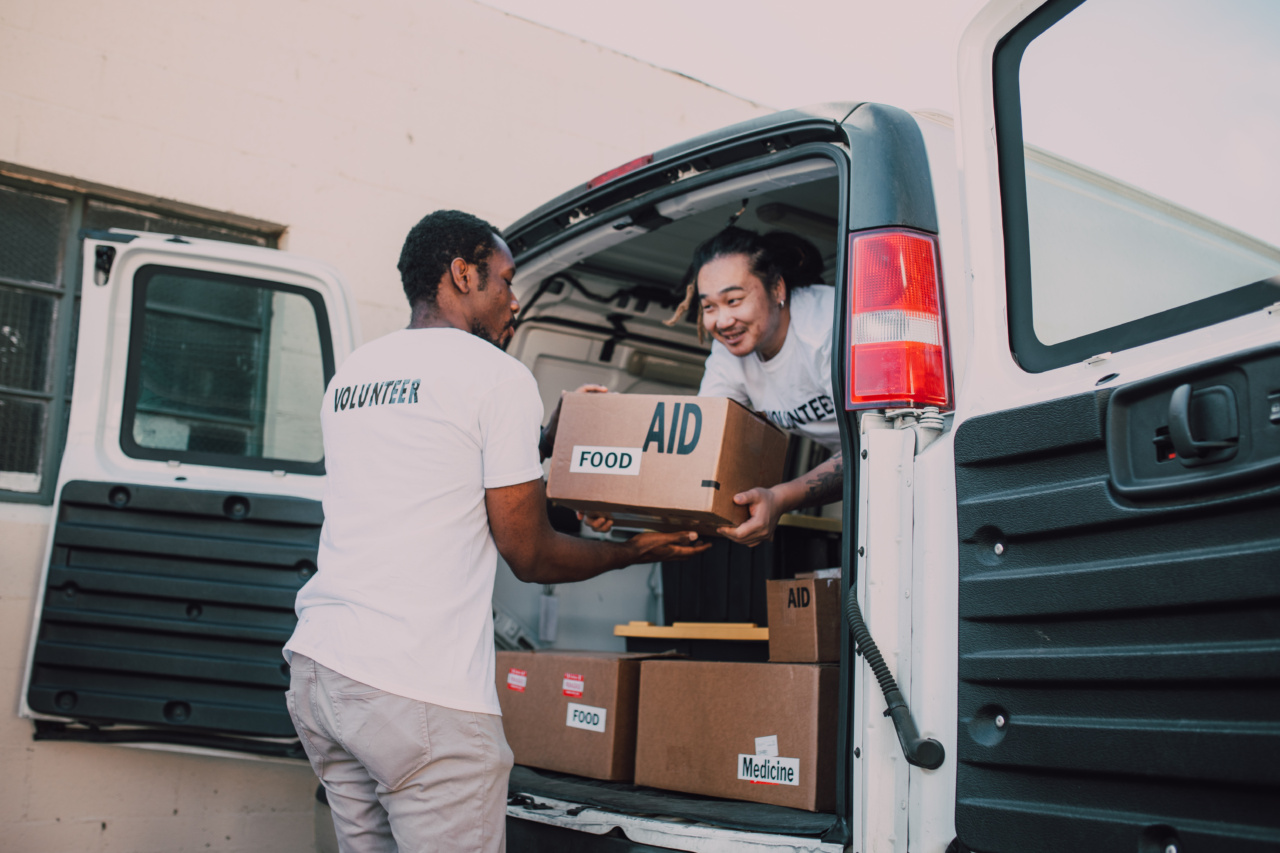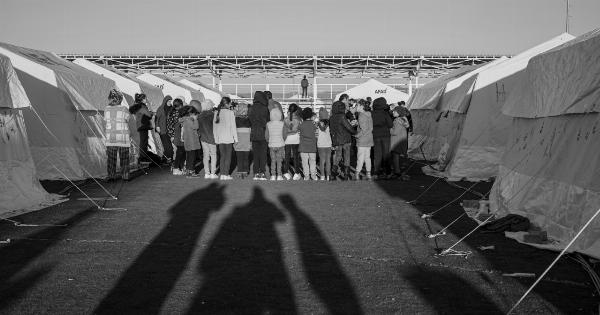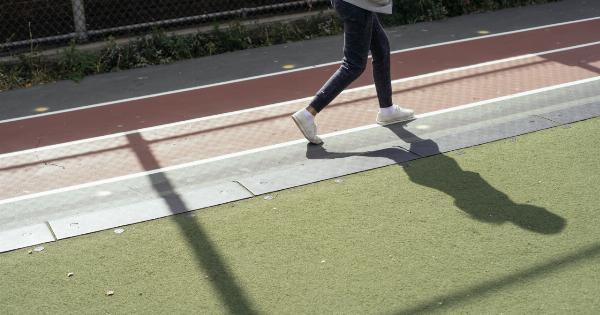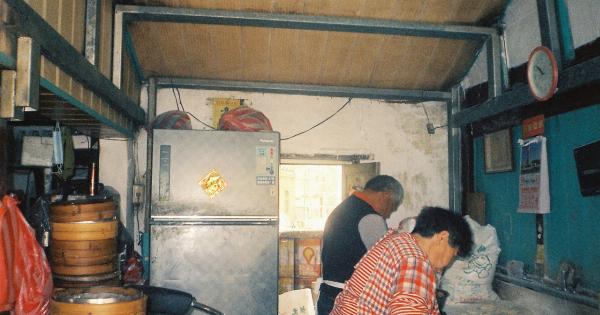Child poisoning is a serious and potentially life-threatening occurrence which affects thousands of children every year.
It is a situation where a child accidentally ingests harmful substances, either intentionally or unintentionally, leading to a range of adverse effects on their health. Understanding the causes of child poisoning and being aware of emergency response tips is crucial for parents, caregivers, and anyone responsible for the safety of children.
This article aims to shed light on the causes of child poisoning and provide essential emergency response tips.
Common Causes of Child Poisoning
Child poisoning can occur due to various reasons, ranging from the presence of toxic substances in the child’s surroundings to accidental ingestion of medications or household products. Here are some of the most common causes of child poisoning:.
1. Medications
Accidental ingestion of medications is one of the primary causes of child poisoning. Young children are naturally curious and may mistake pills or liquids for candies or treats. This can lead to severe toxic effects on their delicate systems.
2. Household Cleaning Products
Household cleaning products, such as bleach, detergents, and disinfectants, contain toxic ingredients that can be extremely dangerous if consumed by children.
These substances should be stored in locked cabinets or areas that are inaccessible to children.
3. Personal Care Products
Many personal care products, including lotions, shampoos, and cosmetics, contain chemicals that can be harmful if ingested. It is essential to keep these products out of reach and properly secured.
4. Pesticides and Insecticides
Exposure to pesticides and insecticides can pose a significant risk to children. Swallowing or inhaling these substances can cause severe poisoning and may require immediate medical attention.
5. Plants and Berries
Some plants and berries found in gardens or natural environments can be toxic when ingested. Children may unknowingly put these substances in their mouths, leading to poisoning.
6. Lead-Based Paint
Lead-based paint, commonly found in older homes, can be a source of lead poisoning in children. Ingesting lead-based paint chips or contaminated dust can have severe consequences on a child’s health.
7. Carbon Monoxide
Carbon monoxide poisoning can occur when children are exposed to fumes from faulty furnaces, gas appliances, or car exhausts. This colorless and odorless gas can be lethal if not detected early.
Emergency Response Tips
In the event of child poisoning, immediate and appropriate action can make a critical difference in saving the child’s life. Here are some essential emergency response tips that every caregiver should be aware of:.
1. Stay Calm
It is crucial to remain calm and composed during a poisoning incident. Panicking may delay necessary actions and hinder effective decision-making.
2. Assess the Situation
Quickly assess the child’s condition and try to identify the substance they ingested. Look for any physical symptoms or behavioral changes that can provide clues about the type of poisoning.
3. Contact a Poison Control Center
Immediately contact a local poison control center or emergency services for professional assistance. They can provide guidance tailored to the specific poisoning and offer advice on further steps to take.
4. Do Not Induce Vomiting
Unless instructed by a medical professional or poison control, it is generally not recommended to induce vomiting in a child who has swallowed a toxic substance. Some substances can cause additional harm when vomited back up.
5. Collect Information
While waiting for professional help, gather as much information as possible about the poisoning incident. This includes the type of substance ingested, time of ingestion, and any symptoms the child is experiencing.
6. Follow First Aid Measures
Depending on the type of poisoning, there may be specific first aid measures that can be taken. For example, if the child has come into contact with a harmful chemical, rinse their skin with water thoroughly.
7. Keep the Poison Container
If the poisoning occurred due to ingestion of a substance from a container, keep the container with you. It can help healthcare professionals identify the toxic substance and determine the appropriate treatment.
8. Secure the Environment
After ensuring the child’s safety, take steps to secure the environment to prevent further incidents of poisoning. Lock away medications, household products, and other toxic substances in cabinets that are inaccessible to children.
9. Educate and Prevent
Education and prevention play vital roles in reducing the risk of child poisoning. Teach children about the dangers of ingesting harmful substances and encourage them to ask for help if they come across anything potentially toxic.
10. Regularly Check and Dispose
Regularly check the surroundings for potential hazards and properly dispose of expired medications, cleaning products, or personal care items. Keeping a clean and safe environment is crucial for preventing child poisoning incidents.



























